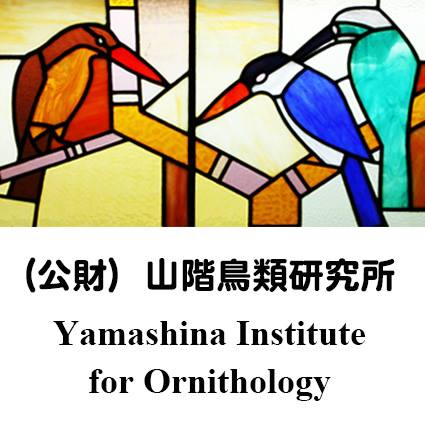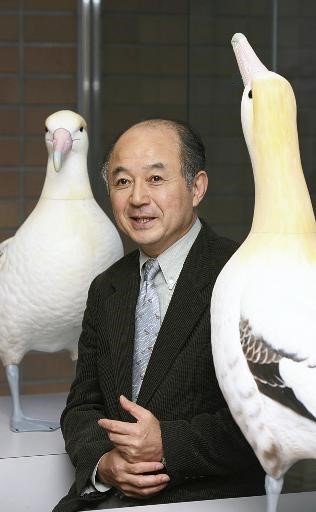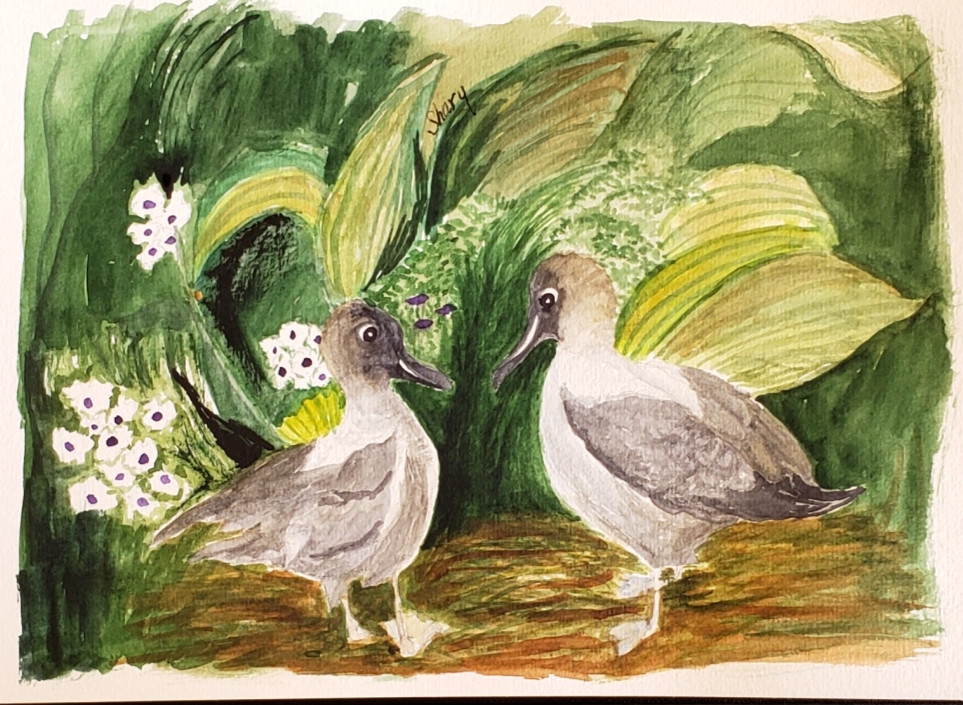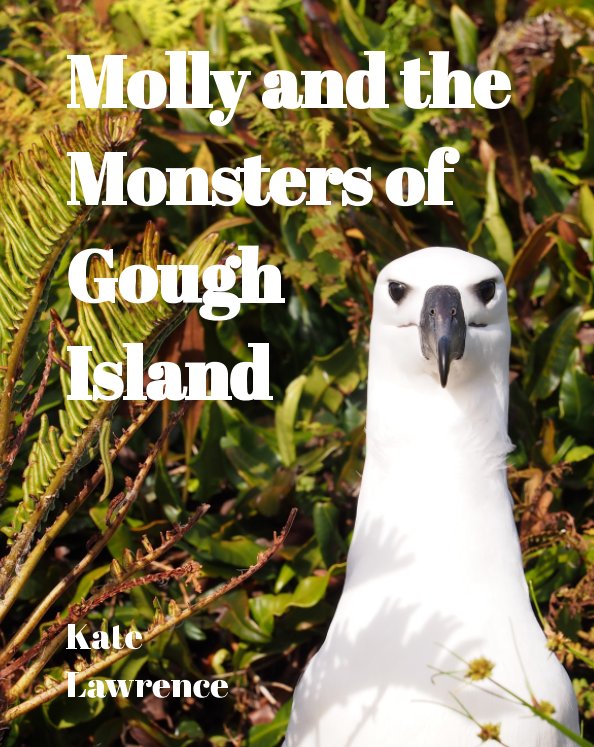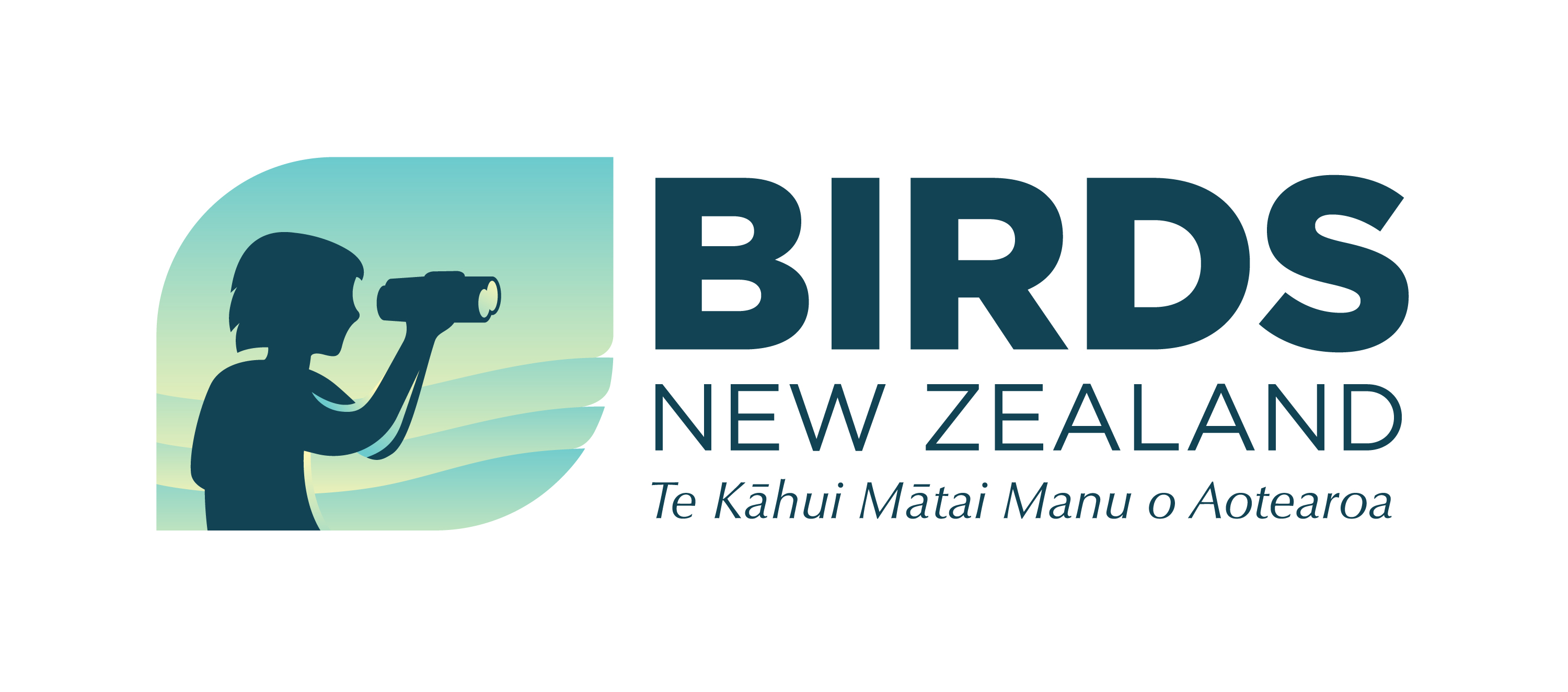
Birds New Zealand (formally known as the Ornithological Society for New Zealand) was established in 1940. It states on its website “Birds New Zealand is committed to the study of birds and their habitat use within New Zealand through encouraging[ its 1000] members and organising projects and schemes. Activities are organised at both the national and regional level, with 20 regions providing a local network for members to engage in bird studies. We promote the recording and wide circulation of the results of bird studies and observations through the production of a scientific journal and other publications promoting birds in New Zealand. Birds New Zealand seeks to assist the conservation and management of birds by providing information, from which sound management decisions can be derived”.
The President of Birds New Zealand is Bruce McKinlay. He writes to ACAP Latest News in support of this year’s inaugural World Albatross Day on 19 June: “Understanding and marvelling about the wondrous journeys that albatrosses make in the Southern Ocean is an obsession for many New Zealanders. They link us as an island nation to many other parts of the globe and emphasise that the conservation of these magnificent birds is an international priority".

Bruce McKinlay, President of Birds New Zealand
Birds New Zealand’s peer-reviewed quarterly scientific journal Notornis has published papers on New Zealand avifauna since 1943, including on its many breeding species of ACAP-listed albatrosses and petrels. Its most recent issue, published this month, is a compilation of 19 papers that cover many aspects of the avifauna of the Auckland Islands, including coverage of its six ACAP-listed species*. The special issue is also being made available as a book with the title Lost Gold: Ornithology of the subantarctic Auckland Islands. Edited by Colin Miskelly and Craig Symes, it can be ordered for purchase (click here). An interview with the two editors gives information about their work with the book. Click here to access abstracts for all 19 papers.
*These papers are being separately featured in ACAP Latest News this month.
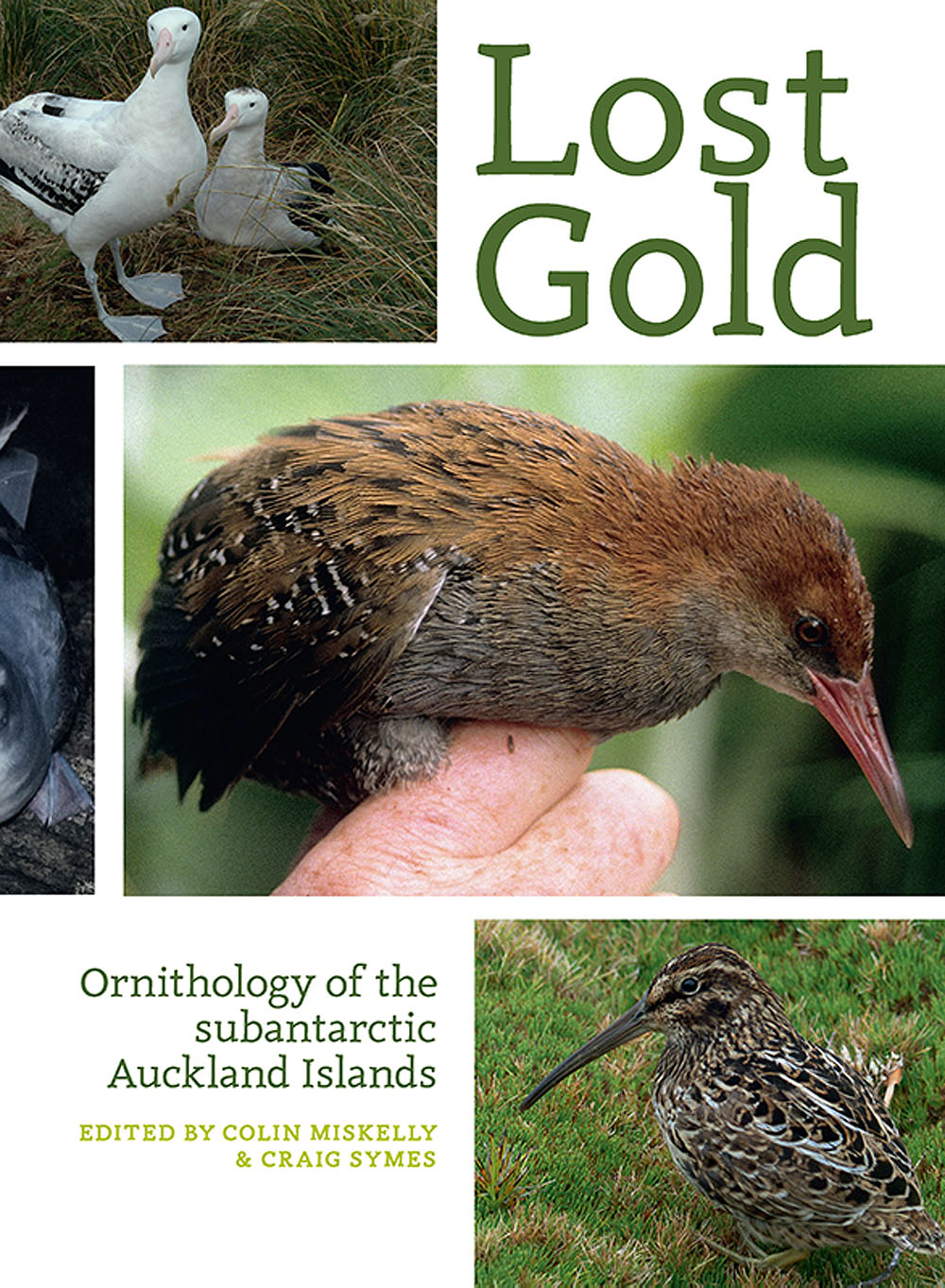
With thanks to Bruce McKinlay and Colin Miskelly, Birds New Zealand.
Reference:
Miskelly, C. & Symes, C. (Eds) 2020. Lost Gold: Ornithology of the subantarctic Auckland Islands. Wellington: Te Papa Press. 436 pp.
John Cooper, ACAP Information Officer, 14 April 2020

 English
English  Français
Français  Español
Español 